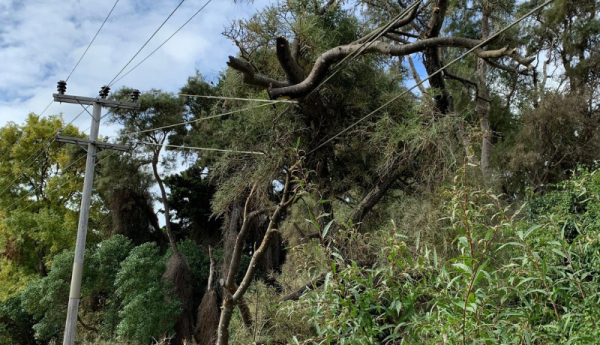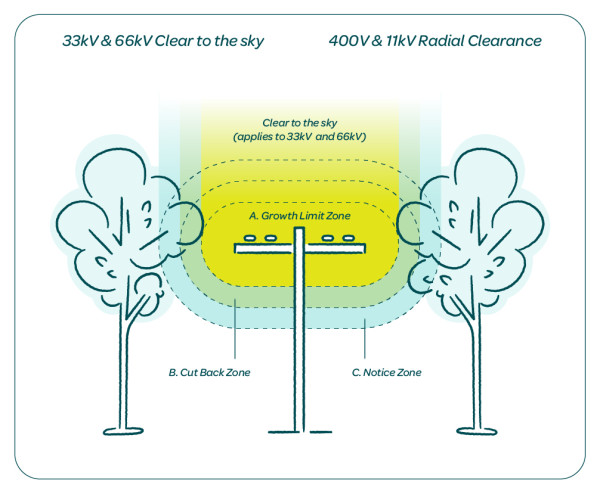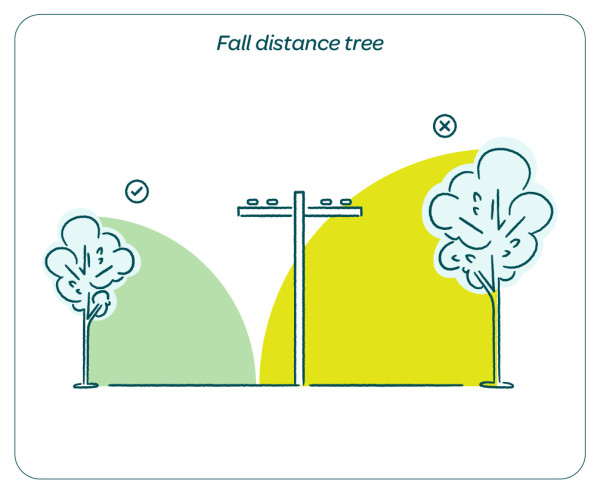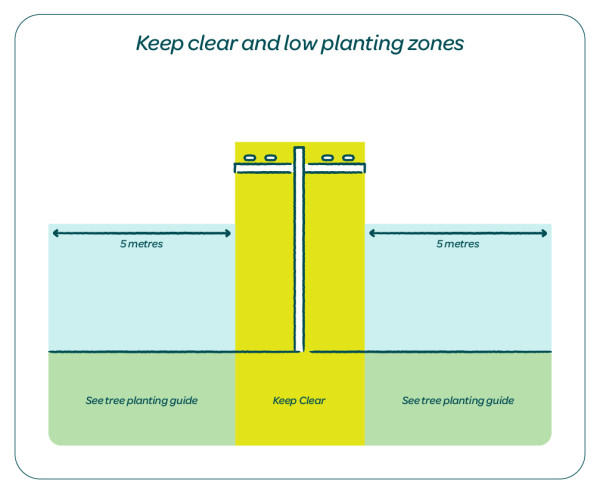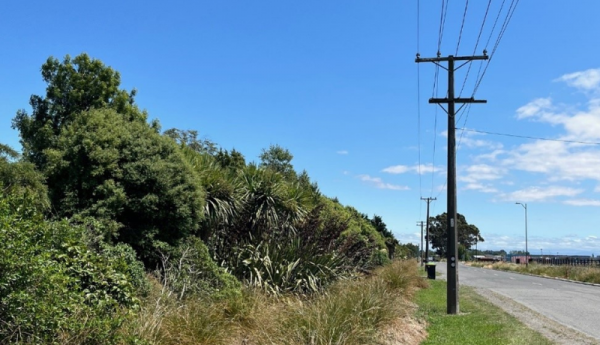Keeping your trees pruned and clear of lines helps us keep the power on for our community

Property owners and electricity distribution companies are legally responsible for keeping our community's electricity supply safe and secure.
Trees and vegetation growing too close to power lines are hazardous and a major cause of unplanned power outages, especially in storm conditions.
As a tree owner you have a responsibility to look after your trees. The Electricity (Hazards from Trees) Regulations 2003(external link) updated in October 2024, provides guidance on owner’s responsibilities.
If you do plan to trim your trees we recommend using trained professionals and if you have any questions, call us anytime on 0800 363 9898. We're here to help.

